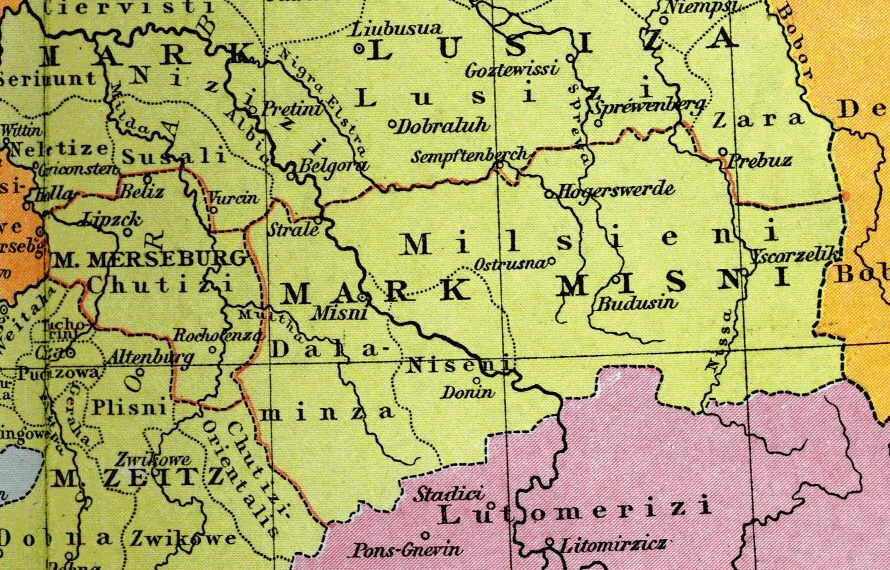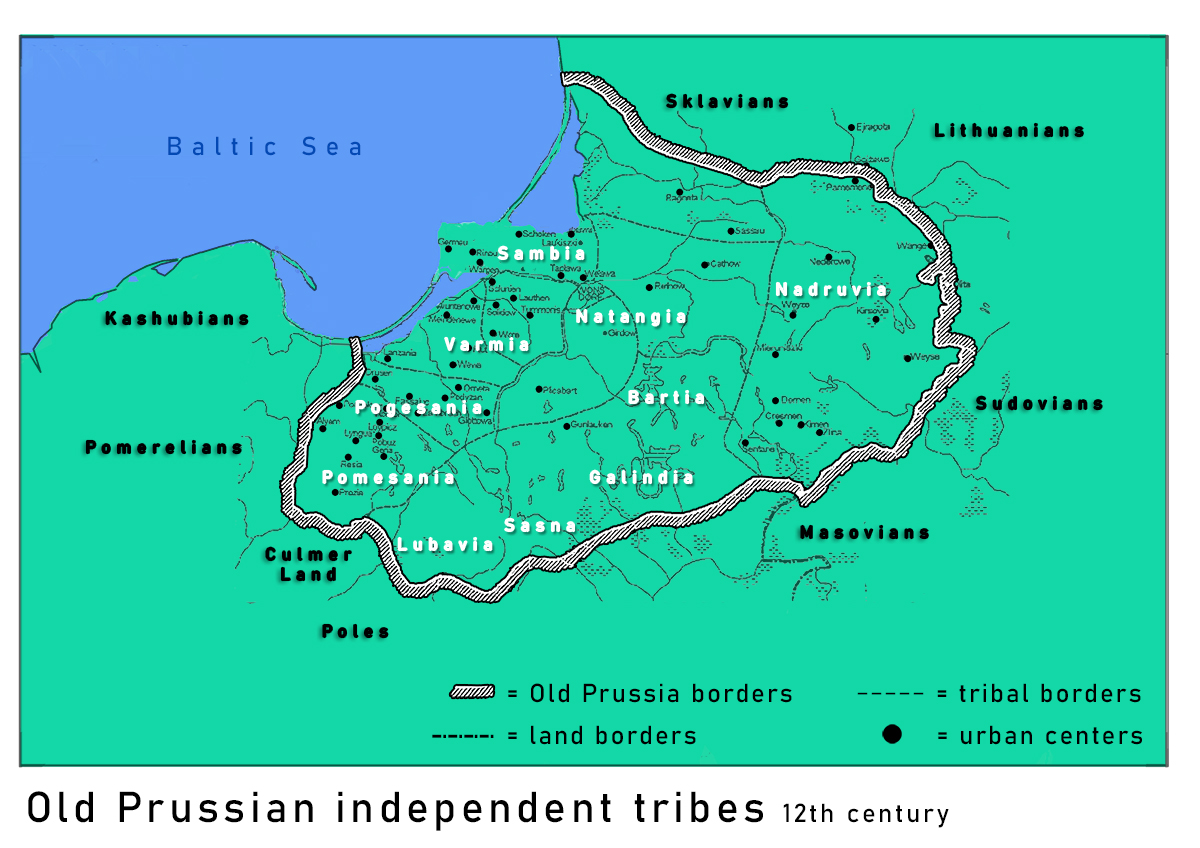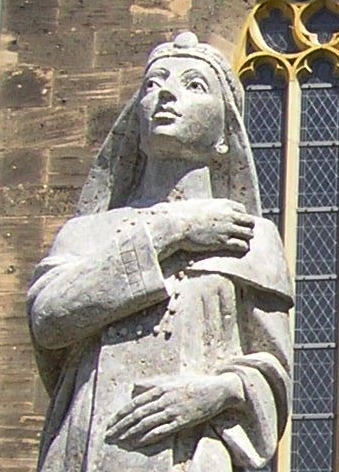|
Siege Of Niemcza
The siege of Niemcza () took place during three weeks in August 1017, in the last phase of the German–Polish War (1002–18), when the forces of the Emperor Henry II besieged the town of Niemcza controlled by the Polish ruler Bolesław I the Brave. Despite the aid of Bohemian and Lutici allies, the Imperial attack was ultimately unsuccessful, according to medieval chronicler Thietmar of Merseburg due to the arrival of reinforcements which managed to break into the city and the illness among the German forces. The failure of the siege marked the end of Henry's campaign in Poland and led the emperor to agree to the Peace of Bautzen in 1018, which left the eastern March of Lusatia and the Milceni lands (later Upper Lusatia) under Polish control. Background The former Bohemian fortress of Niemcza, located north of the Sudetes range on an important trade route from Prague to Wrocław, had been conquered by the late Polish duke Mieszko I during his campaigns into Silesia a ... [...More Info...] [...Related Items...] OR: [Wikipedia] [Google] [Baidu] |
German–Polish War (1002–18)
{{dab ...
German–Polish War may refer to: * German–Polish War (1003–1018) * German–Polish War (1028–1031) * German–Polish War (1109) See also *Invasion of Poland (1939), during World War II * List of wars involving Germany *List of wars involving Poland This is a chronological list of wars in which Poland or its predecessor states of took an active part, extending from the reign of Mieszko I (960–992) to the present. This list does not include peacekeeping operations (such as UNPROFOR, UNTAES o ... [...More Info...] [...Related Items...] OR: [Wikipedia] [Google] [Baidu] |
Milceni
The Milceni or Milzeni (; ; ) were a West Slavic tribe, who settled in the present-day Upper Lusatia region. They were gradually conquered by Germans during the 10th century. They were part of Sorbian tribes. Modern descendants of the Milceni are the Upper Sorbian-speaking Sorbs of the Free State of Saxony, Germany. Etymology Pavel Jozef Šafárik derived their name from Lithuanian language ''milżinas'' (giant, behemoth, colossus). Mikołaj Rudnicki considered it derives from personal names Milobud and Miloslav. Stanisław Urbańczyk reconstructed the ethnonym as ''Mělъčane'', meaning inhabitants of an assumed river called ''*Mělъcъ'' or ''*Mělъča'', with similar argumentation by E. Eichler and H. Walther, possibly as an older name of upper Spree. However, that hypothesis ignores consonant "z" and suffix "-jane", which would reject a form of Milčane, and suggest derivation of Milzane/Milzeni < ''*Milъt-jane'' < ''*Milit-jane'' from Latin [...More Info...] [...Related Items...] OR: [Wikipedia] [Google] [Baidu] |
Bohemia
Bohemia ( ; ; ) is the westernmost and largest historical region of the Czech Republic. In a narrow, geographic sense, it roughly encompasses the territories of present-day Czechia that fall within the Elbe River's drainage basin, but historically it could also refer to a wider area consisting of the Lands of the Bohemian Crown ruled by the List of Bohemian monarchs, Bohemian kings, including Moravia and Czech Silesia, in which case the smaller region is referred to as Bohemia Proper as a means of distinction. Bohemia became a part of Great Moravia, and then an independent principality, which became a Kingdom of Bohemia, kingdom in the Holy Roman Empire. This subsequently became a part of the Habsburg monarchy and the Austrian Empire. After World War I and the establishment of an History of Czechoslovakia (1918–1938), independent Czechoslovak state, the whole of Bohemia became a part of Czechoslovakia, defying claims of the German-speaking inhabitants that regions with German ... [...More Info...] [...Related Items...] OR: [Wikipedia] [Google] [Baidu] |
Eckard I, Margrave Of Meissen
Eckard I (''Ekkehard''; – 30 April 1002) was Margrave of Meissen from 985 until his death. He was the first margrave of the ''Ekkehardinger'' family that ruled over Meissen until the extinction of the line in 1046. Life Eckard was of noble east Thuringian stock, the eldest son of Margrave Gunther of Merseburg (d. 982). He followed his father into exile from 976 to 979 and took part in the 982 Battle of Stilo against the Emirate of Sicily, where Gunther was killed. Back in Germany, Eckard upon the death of Emperor Otto II in 983 supported his minor son King Otto III of Germany. At the ''Hoftag'' diet of Rohr in June 984, he together with Archbishop Willigis of Mainz and several German princes enforced the release of the four-year-old king by his rivaling cousin Duke Henry II of Bavaria. In 985 Otto III appointed him to succeed Margrave Rikdag in Meissen, following severe Saxon setbacks against the Slavic Lutici tribes during the Great Slav Rising. Eckard remained a vital s ... [...More Info...] [...Related Items...] OR: [Wikipedia] [Google] [Baidu] |
German Royal Election, 1002
A royal election was held in the Kingdom of Germany after the death of childless Emperor Otto III. It was won by Duke Henry IV of Bavaria among accusations of uncustomary practices (bribery and electoral manipulation). Background On 23/24 January 1002, the 21-year-old Emperor Otto III unexpectedly died of malaria at the Castel Paterno in Italy, without heirs or a will. As the last male line descendant of Emperor Otto I, the older line of the Liudolfings came to an end with him. The election of a new king now no longer was a formality controlled by the incumbent king, but became a central political question. Candidates The chief candidates to succeed Otto were the dukes of the Empire, but Eckard I of Meissen also actively competed though he was only a margrave. According to Thietmar of Merseburg he is meant to have been promoted to the duchy of Thuringia by the Thuringians in a popular election and he had been particularly valued by the deceased emperor. Initially, the C ... [...More Info...] [...Related Items...] OR: [Wikipedia] [Google] [Baidu] |
Roman Catholic Archdiocese Of Gniezno
The Archdiocese of Gniezno (, ) is the oldest Latin Catholic archdiocese in Poland, located in the city of Gniezno."Archdiocese of Gniezno" '' Catholic-Hierarchy.org''. David M. Cheney. Retrieved March 27, 2016"Metropolitan Archdiocese of Gniezno" ''GCatholic.org''. Gabriel Chow. Retrieved March 27, 2016 The comprises the |
Congress Of Gniezno
The Congress of Gniezno (, or ''Gnesener Übereinkunft'') was an amicable meeting between the Polish Duke Bolesław I the Brave and Emperor Otto III, which took place at Gniezno in Poland on 11 March 1000. Scholars disagree over the details of the decisions made at the convention, especially whether the ruler of Poland was pledged the king's crown or not. Background After his death in 997 during a mission among the pagan Prussian tribes, Bishop Adalbert of Prague was quickly canonized by the common effort of Duke Bolesław I and Emperor Otto III. Thus, Adalbert became the first Slavic bishop to become a saint. His body, bought back by Bolesław from the Prussians for its weight in gold, was put into a tomb at Gniezno Cathedral, which became the ecclesiastical center of Poland. According to the chronicles of Thietmar of Merseburg, Otto III, who had been a friend and pupil of Adalbert, committed to a pilgrimage from Italy to St. Adalbert's tomb in Gniezno; in his attempt to ... [...More Info...] [...Related Items...] OR: [Wikipedia] [Google] [Baidu] |
Old Prussians
Old Prussians, Baltic Prussians or simply Prussians were a Balts, Baltic people that inhabited the Prussia (region), region of Prussia, on the southeastern shore of the Baltic Sea between the Vistula Lagoon to the west and the Curonian Lagoon to the east. As Balts, they spoke an Indo-European languages, Indo-European language of the Baltic languages, Baltic branch now known as Old Prussian language, Old Prussian and worshipped pre-Christian Prussian mythology, deities. Their ethnonym was later adopted by predominantly Low German language, Low German-speaking inhabitants of the region. The duchy of the Duchy of Poland (c. 960–1025), Polans under Mieszko I, which was the predecessor of the Kingdom of Poland (1025–1385), Kingdom of Poland, first attempted to conquer and baptize the Baltic tribes during the 10th century, but repeatedly encountered strong resistance. Not until the 13th century were the Old Prussians subjugated and their lands conquered by the State of the Teuton ... [...More Info...] [...Related Items...] OR: [Wikipedia] [Google] [Baidu] |
Otto III, Holy Roman Emperor
Otto III (June/July 980 – 23 January 1002) was the Holy Roman emperor and King of Italy from 996 until his death in 1002. A member of the Ottonian dynasty, Otto III was the only son of Emperor Otto II and his wife Theophanu. Otto III was crowned as king of Germany in 983 at the age of three, shortly after his father's death in Southern Italy while campaigning against the Byzantine Empire and the Emirate of Sicily. Though the nominal ruler of Germany, Otto III's minor status ensured his various regents held power over the Empire. His cousin Duke Henry II of Bavaria, initially claimed regency over the young king and attempted to seize the throne for himself in 984. When his rebellion failed to gain the support of Germany's aristocracy, Henry II was forced to abandon his claims to the throne and to allow Otto III's mother Theophanu to serve as regent until her death in 991. Otto III was then still a child, so his grandmother, Adelaide of Italy, served as regent until 994. In 996 ... [...More Info...] [...Related Items...] OR: [Wikipedia] [Google] [Baidu] |
Mieszko I Of Poland
Mieszko I (; – 25 May 992) was Duchy of Poland (966–1025), Duke of Poland from 960 until his death in 992 and the founder of the first unified History of Poland, Polish state, the Civitas Schinesghe. A member of the Piast dynasty, he was the first Christian ruler of Poland and continued the policies of both his father Siemomysł and his grandfather Lestek, who initiated a process of unification among the Polish tribes and the creation of statehood. According to existing sources, Mieszko I was a potent politician, a talented military leader and a charismatic ruler. Through both alliances and military force, he extended ongoing Polish conquests. Early in his reign, he subjugated Kuyavia and likely Gdańsk Pomerania and Masovia. For most of his reign, Mieszko I waged war for control of West Pomeranian Voivodeship, Western Pomerania. He eventually annexed it to the vicinity of the lower Oder River. His internal reforms were aimed at expanding and improving the so-called war ... [...More Info...] [...Related Items...] OR: [Wikipedia] [Google] [Baidu] |
Wrocław
Wrocław is a city in southwestern Poland, and the capital of the Lower Silesian Voivodeship. It is the largest city and historical capital of the region of Silesia. It lies on the banks of the Oder River in the Silesian Lowlands of Central Europe, roughly from the Sudetes, Sudeten Mountains to the north. In 2023, the official population of Wrocław was 674,132, making it the third-largest city in Poland. The population of the Wrocław metropolitan area is around 1.25 million. Wrocław is the historical capital of Silesia and Lower Silesia. The history of the city dates back over 1,000 years; at various times, it has been part of the Kingdom of Poland, the Kingdom of Bohemia, the Kingdom of Hungary, the Habsburg monarchy of Austria, the Kingdom of Prussia and German Reich, Germany, until it became again part of Poland in 1945 immediately after World War II. Wrocław is a College town, university city with a student population of over 130,000, making it one of the most yo ... [...More Info...] [...Related Items...] OR: [Wikipedia] [Google] [Baidu] |
Prague
Prague ( ; ) is the capital and List of cities and towns in the Czech Republic, largest city of the Czech Republic and the historical capital of Bohemia. Prague, located on the Vltava River, has a population of about 1.4 million, while its Prague metropolitan area, metropolitan area is home to approximately 2.3 million people. Prague is a historical city with Romanesque architecture, Romanesque, Czech Gothic architecture, Gothic, Czech Renaissance architecture, Renaissance and Czech Baroque architecture, Baroque architecture. It was the capital of the Kingdom of Bohemia and residence of several Holy Roman Emperors, most notably Charles IV, Holy Roman Emperor, Charles IV (r. 1346–1378) and Rudolf II, Holy Roman Emperor, Rudolf II (r. 1575–1611). It was an important city to the Habsburg monarchy and Austria-Hungary. The city played major roles in the Bohemian Reformation, Bohemian and the Protestant Reformations, the Thirty Years' War and in 20th-century history a ... [...More Info...] [...Related Items...] OR: [Wikipedia] [Google] [Baidu] |






